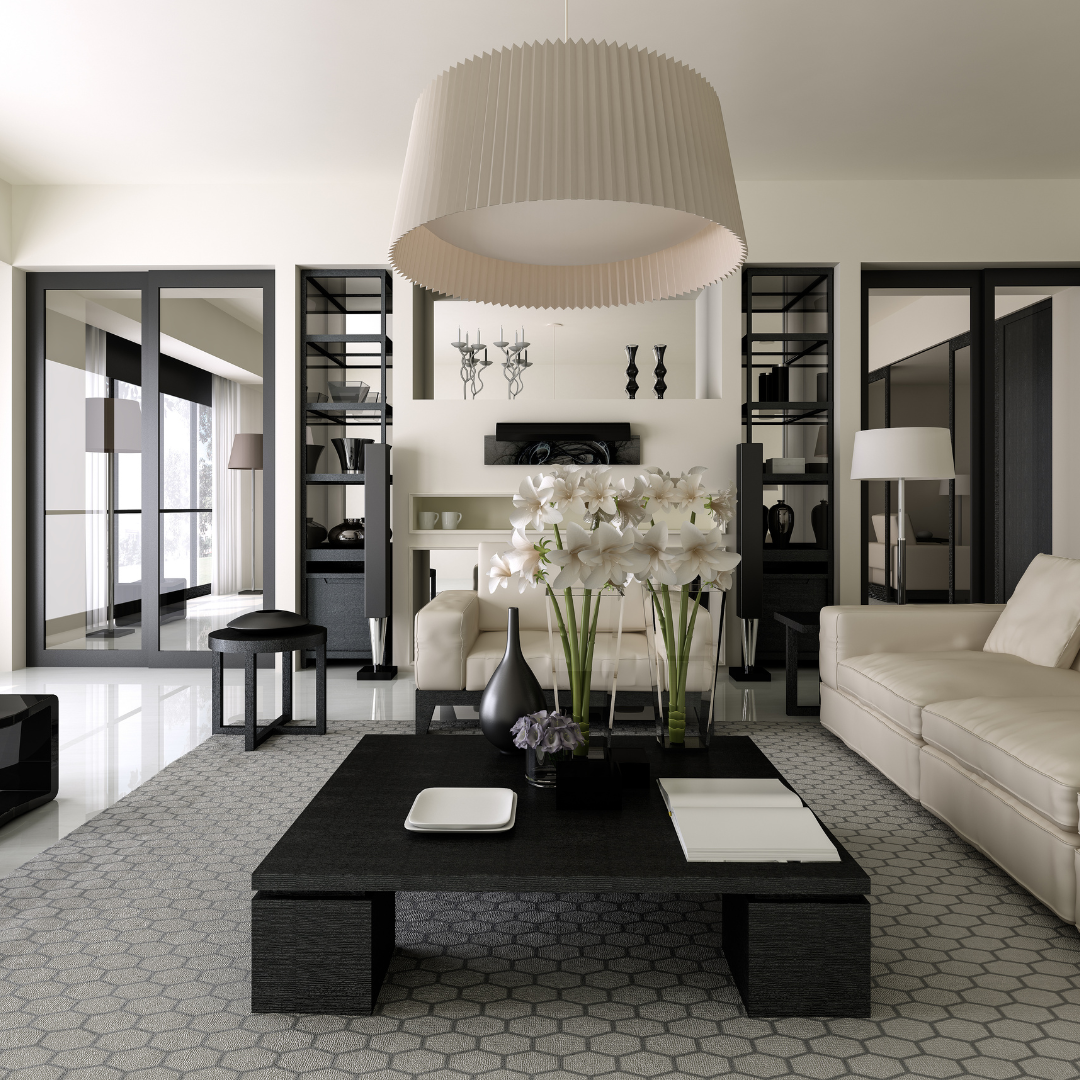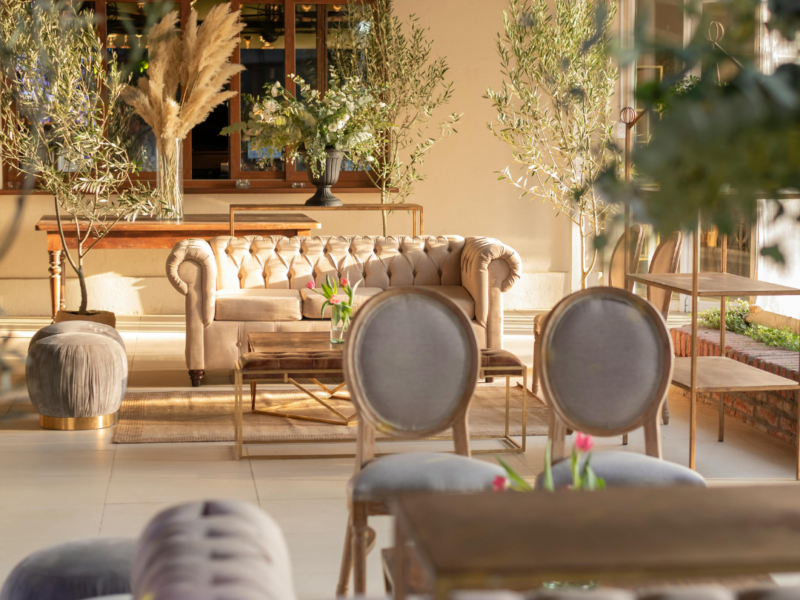The interior design basics are those aspects of interior design that are essential to creating a functional, aesthetically pleasing interior space. You can think of internal design basics as the “how to” elements of interior design.
Interior designers are a dime a dozen these days. It seems everyone is one, and almost everyone has an opinion or two on how you should decorate your home. But before you surrender your hard-earned dollars to someone who will never finish decorating your home, or you accept their style you might not be happy with, it’s important to know the basics of interior design.
Here Is the List of Basic Interior Design
- Balance and symmetry
Interior design can be fun to teach since students get to apply their creative skills to real-life situations. Learning the basics of balance, symmetry, and rhythm can help you achieve a good balance in any room, so you can learn interior design basics, then apply them to your own space.
- Mood and environment
The interior design of your home is just as important as the features. The interior design of your home can enhance your mood, productivity, creativity, and coziness and affect your physical health. While the interior decor of your home shouldn’t overpower the room, you want it to feel harmonious. For some great examples of how interior design can set the tone and mood of a room, look at the work of professionals like Helen Coulston. Along with some inspiration, you could also pick up a few ideas on how you can incorporate the same elements into your own interior design.
- Pattern and color
Pattern and color are two visual elements that add depth and interest to any room. A pattern can be made up of geometric shapes, dots, stripes, or other graphic shapes, while color can combine bright, saturated hues with subdued shades. One quick way to add some color to the interior is to add fresh coats of paint. You could hire a professional painter by looking for “house painter near me” and hire them to paint with colors of your choice, patterned or solid. Pattern and color can pull a room together and help balance space. For example, using a small patterned rug in a room with mostly neutral colors can help tie the room together and make it appear larger.
- Scale and proportion
Two interior design basics are scale and proportion. When it comes to decorating your home, it’s important to keep proportions in mind. Scale refers to the size of your furnishings, and how those relate to the overall proportions of your room. When the scale of a room is too big or too small, it can have a negative impact on the overall look of the room.
- Unity
Unity in interior design means matching or blending colors, materials, and shapes. When decorating multiple rooms, your bedroom, living room, and dining room should have a cohesive look.
- Balance
Balance is something every interior designer is concerned with. After all, if a room seems unbalanced, it will also feel unbalanced. It’s easy to be thrown off balance by something as simple as a vase, a painting, or even a single piece of furniture. And most rooms don’t have just one focal point-they have multiple focal points, like a pair of chairs or a bed, for example.
- Focal point
A focal point in a room is important because it draws the eye in. It’s where you want to look, and it’s where you would naturally stand or sit. The focal point in a room can be anything, depending on its purpose, but artwork and fireplaces are common focal points. An electric fireplace not only serves as a visually striking centerpiece but also provides warmth and coziness to your living space. When considering this option, it’s essential to connect with a reputable Red Deer electric fireplace store or similar fireplace providers in your area that can assist you in selecting, installing, and maintaining the perfect electric fireplace to enhance the aesthetics and comfort of your room.
- Line
The line between interior design and interior decorating is blurry. Still, interior decorating tends to be more about adding decorative touches to your home, while interior design considers function and practicality. The basics of interior decorating include balance, proportion, contrast, and repetition. When decorating your home, balance elements by using color, texture, and scale.
Walls are the backbone of any interior design. So, how do you decorate your walls? Well, that’s simple. You can paint them, wallpaper them, or install wall decals. But, how do you decide which wallpaper is suitable for you? Well, that’s simple too.
Whether your home is or is going to be a primary residence or a vacation home, there’s a lot you can do with it to make it unique. And, of course, one of the best ways to show your personality is by decorating. However, if you’re having interior design troubles, you’ve come to the right place!
Interior decorators may use these basic design principles to create a welcoming, peaceful room. Setting the room’s purpose, occasionally rearranging the furniture, and choosing appropriate colors, textures, and patterns will help transform a room into an inviting, welcoming, and peaceful environment. To incorporate all these elements together in your design and keep it functional, you can take the assistance of resources provided by Helen Coulston or other similar interior experts to see your ideas coming live. You can also explore the internet to discover new interior ideas and concepts.
Creating a unique space that reflects your personality is fun and fulfilling. From choosing a color scheme and patterns and arranging furniture to adding personal touches like photos, art, and plants, decorating your home is a deeply personal process. You’ll need to style your home in colors you feel comfortable in, but don’t be afraid to add layers. The layering of texture, pattern, and color is where true creativity comes into play.



